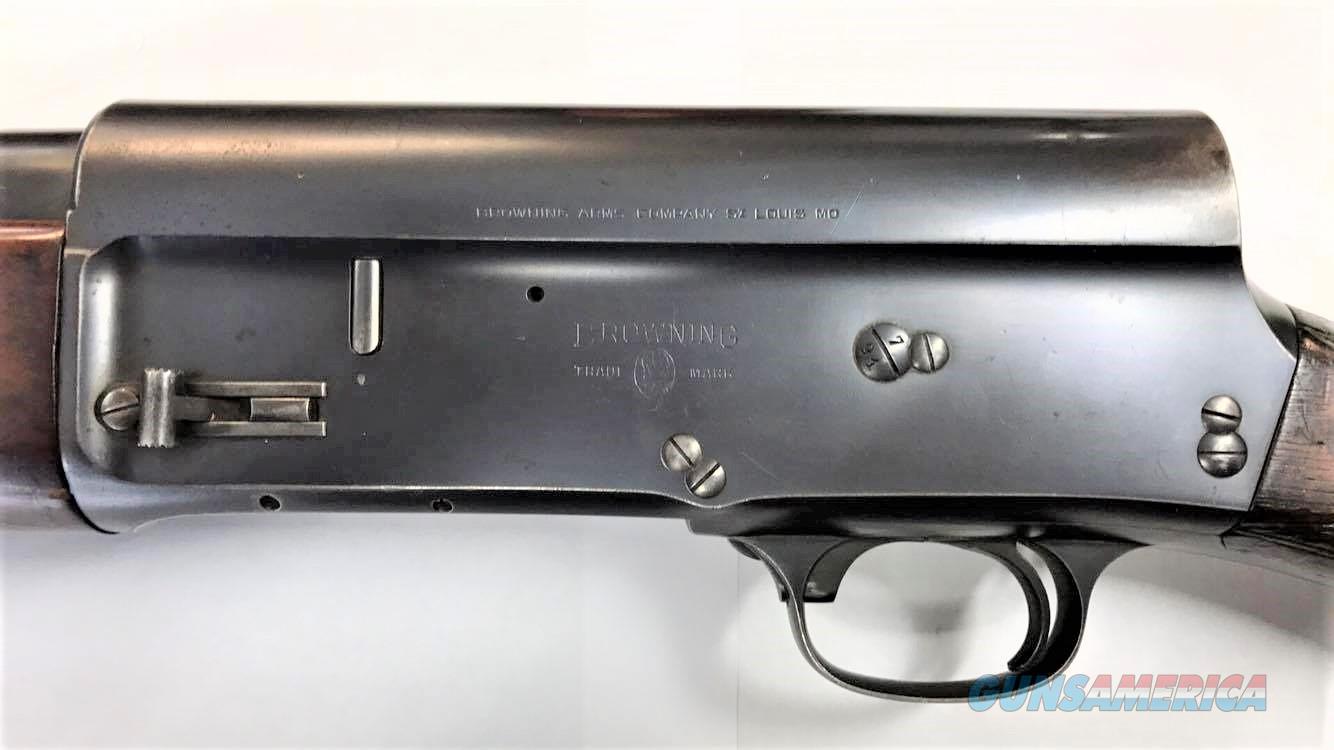Check back everyday for great deals on gun books, downloads, magazines, and more. We’ll be bringing back popular kits, offering deep discounts on various titles, providing free shipping, and much more. Visit this page for a different deal every day between December 8th and 19th – but don’t miss a day, or you might miss a great deal! Both of the author’s 20-gauge Brownings have the round grip, a feature preferred by many shooters and collectors. When a gun manufacturer introduces a new shotgun, it is almost a foregone conclusion that it will first be offered in 12 gauge.
Feb 19, 2006 - Lip, get on the browning website. They have all the years and related serial numbers. If you have a. (A=16 gauge, B-12 gauge, C=20 gauge) 1946+229,000-237,000 1947 237001. Auto-5 Type 151=Magnum 12 gauge.
Only after the market has been tested for a while does the maker come out with other gauges. Browning is no different, but the wait was worth it for the company’s first 20-gauge models.

Also Check Out: • • • The Hammering Humpback The venerable old Browning humpbacked A-5 first came off the production line at the Fabrique Nationale factory in Belgium in 1903. The first shipment to the U.S. Arrived in 1905, all in 12 gauge.
Four years later, in 1909, the first 16 gauges came off the assembly line, but the 20 gauge didn’t see the light of day until 1958, more than a half century after the first 12 was made. There are many reasons why it took Browning so long to come up with a 20-gauge A-5. For one thing, the 16 was a more popular bore size than the 20 during the first half of the 20th century. Another reason was that the 16-gauge A-5, which was lightened considerably in 1936 as the “Sweet Sixteen,” was a great seller for Browning. Chuck season 4 download episodes of teen. Anyone wanting a smaller gauge, lighter gun, bought the Sweet Sixteen. At the end of the war, Remington vastly modified and modernized their autoloader and in 1949 came out with the Model 11-48.
The 11-48 was made in 12, 16 and 20 gauge. The 20 weighed less than Browning’s Sweet Sixteen, and it also cost less. Additionally, new imports from Italy – the Franchi 48AL and the Breda, two modernized versions of the Browning autoloader – appeared on the market in the 1950s.
They were both lighter than the A-5 and available in 20. The Franchi in particular was exceptionally lightweight, and caught the attention many of upland gunners. Many years ago I shot ducks with an old gentleman who called his Sweet Sixteen “Widgeon.” He said the 12 gauge I was shooting should be called “Mallard” because it was bigger, thicker. He said an A-5 20 would be a “Teal” because it was smaller and more slender. Not long after the end of World War II shotgun ammunition was improved considerably and the newer 20-gauge rounds became as effective as the old 16 gauge of the prewar era.
The popularity of the 20 gauge soared while the 16, although still popular and number two in sales, began to sag a bit. It was time for Browning to do something about the situation, so Val Browning, son of the great John M. Browning, redesigned the old A-5 and scaled it down for a 20 gauge. Val had done this before, back in 1936 when he redesigned and lightened the 16 gauge and came up with the highly successful Sweet Sixteen model. The new “Twenty” was introduced in 1958 and became an immediate success. Although Browning advertised it as weighing less than 6¼ pounds, to reach that weight you had to get a gun with a short, plain barrel, and hope the wood was not very dense. It did weigh less than 6½ pounds with a ribless barrel, sometimes dipping down to 6¼, but rarely below that weight unless you went for a 24-inch barrel.